History of Electric Vehicle Movers, Turns Like a Water Pump?
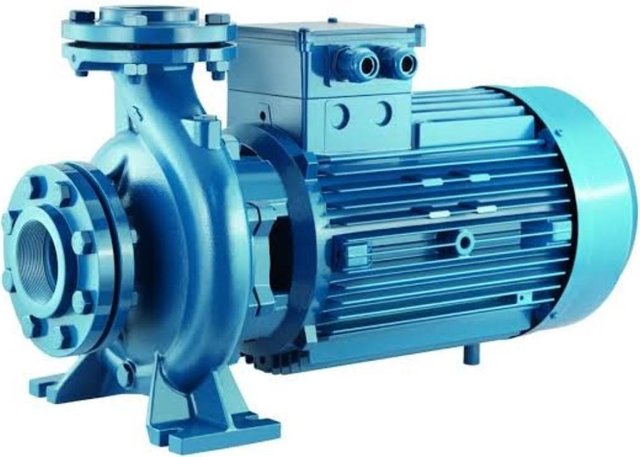
Greetings Electric Motors
Electric vehicles, both motorcycles and cars, are mostly driven by electric motors.
Electric motors have accompanied human life for more than 200 years, since it was first discovered in the early 1880s.
He was even present earlier than the internal combustion engine, aka the combustion engine that was discovered later.
An electric motor is also known as an induction motor, which is an electrical machine that can convert electrical energy into motion energy.
This energy or torque can be obtained because there is electromagnetic induction from the magnetic field and stator winding.
Therefore, early generation induction motors can move without any electrical connection to the rotor.
Initially this induction motor was used by industry or household equipment with small loads, such as fans and so on.
Although traditionally used in static speeds, single-phase induction motors have begun to be used at varying speeds.
This varied speed seems to offer energy saving opportunities and the prospects for the development of induction motors going forward.
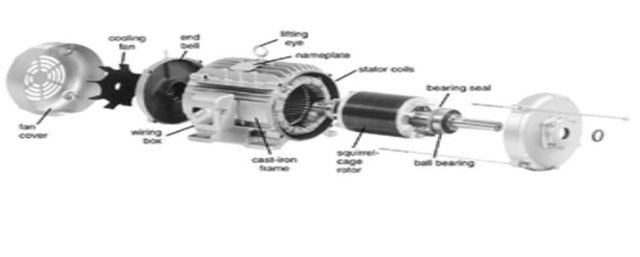
Gradually this technology has perfected, he is Galileo Ferraris and Nikola Tesla who created a three-phase induction motor as the driving force of Electric Vehicle (EV) in his day.
Moreover, three-phase induction motor is considered to have several advantages compared to previous technology.
For example, it has a very strong and simple construction. Especially if the motor with the rotor is protected by a cage.
The price is relatively cheaper and the reliability is also higher. Even in normal circumstances, the claimed efficiency is better, because the friction is relatively small.
Maintenance costs are also low, motor maintenance is almost unnecessary as long as it is not damaged.
Because of its advantages, three-phase induction motors are still used in electric cars produced a century later.
Tesla's role is to change the technology of induction motors
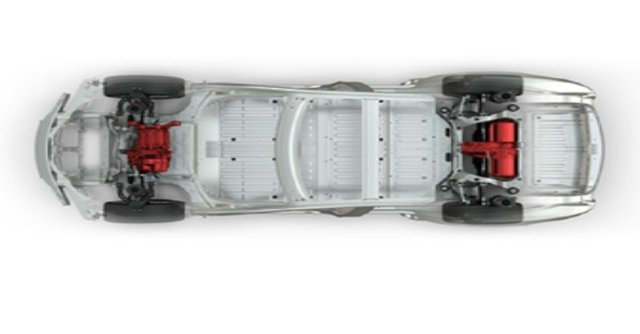
Around 1990, maverick engineer Alan Cocconi developed one of the earliest portable inverters or hereinafter referred to as transistors.
That is a device that converts direct current (DC) in electric car batteries into alternating current (AC) required by an induction motor.
The combination of transistors with industrial motors for the first time is used in EV. This technology eventually became the GM EV1, the world's first mass-produced electric car.
Then Cocconi downgraded an improved version of this type of powertrain into a tZero electric car.
This technology will also be applied later by the founders of Tesla Motors, Martin Eberhard and Marc. Tarpenning, and subsequently by Elon Musk.
Tesla then patented the tZero electric car powertrain technology for its Roadster model.
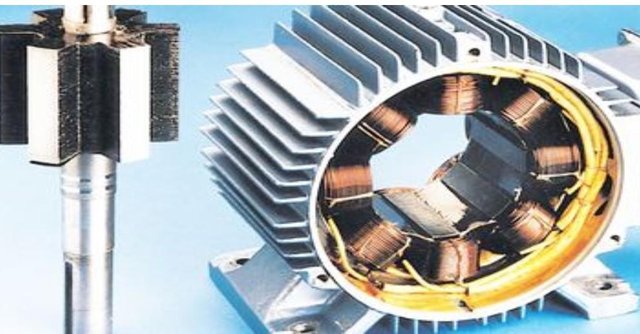
This technology also eventually connects the induction motor with EV which is produced until now.
Induction motors are now even no longer need a permanent magnet. Enough with a transistor, allowing an electric motor that uses electromagnets (wire coils that wrap around the metal core of iron) can be turned on and off.
Or turned on many times per second with the Complementary Metal Oxide Field Effect Transistor (MOS -FET) and, later, Insulated-Gate Bipolar Transistor (IGBT).
Reluctance motor so the latest technology in the development of electric motors
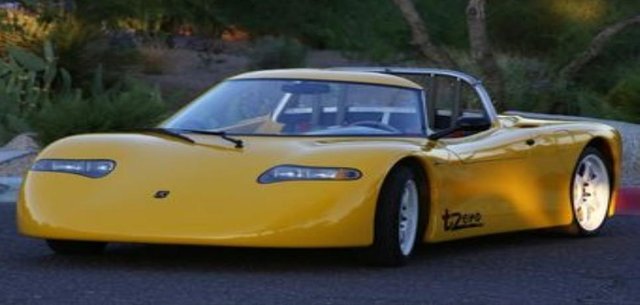
This induction motor is of course a great discovery and is not inferior to the internal combustion engine.
But that does not mean it has no shortcomings, for example an induction motor that emits heat.
This heat energy can even become too hot, and according to some experts this is wasted energy, aka waste. This deficiency finally opened a solution that made the induction motor even better.
Eventually, motor reluctance technology was discovered, a type of electric motor that induces non-permanent magnetic poles on the rotor. The rotor has no windings, torque can be generated through the phenomenon of magnetic rejection.
Reluctant motors can produce very high power densities at low costs.
This makes it ideal for many uses, one of which is used by the Tesla Model S P100D, which is one of the fastest electric cars.
The drawback is the high torque fluctuation when operated at low speeds, but this can be overcome by electronic control even though it has to be paid a more expensive price.
Now that's a glimpse of an electric car, Hopefully useful
Hi, @princessbalqis!
You just got a 0.09% upvote from SteemPlus!
To get higher upvotes, earn more SteemPlus Points (SPP). On your Steemit wallet, check your SPP balance and click on "How to earn SPP?" to find out all the ways to earn.
If you're not using SteemPlus yet, please check our last posts in here to see the many ways in which SteemPlus can improve your Steem experience on Steemit and Busy.